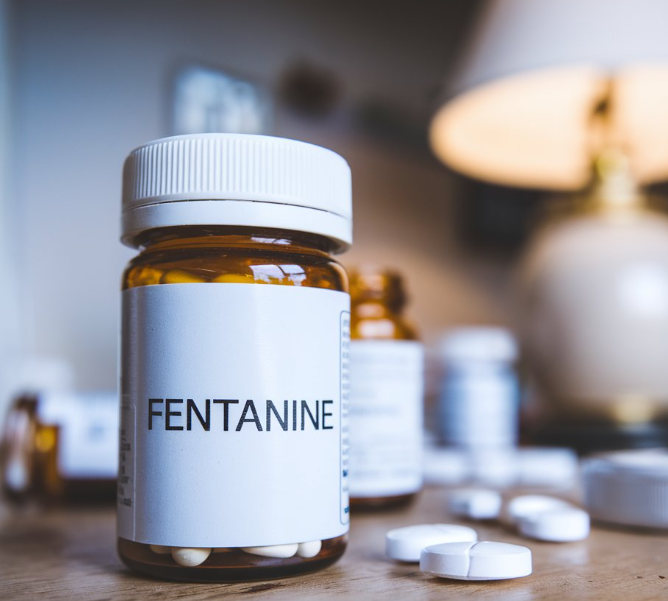Understanding Fentanyl (Fentanine) and Its Far-Reaching Impact
Introduction to Fentanyl (Fentanine)
Fentanyl, known for its potency and effectiveness in pain management, is a synthetic opioid that has proven invaluable in medical settings. Used globally, fentanyl (fentanine) provides relief for patients suffering from severe pain, often post-surgery or during cancer treatments. Over the last decade, the prescription of fentanyl has seen a significant increase due to its efficiency in managing pain. This rise, however, comes with a dark side, leading us to the pressing issue of fentanyl abuse.
The Rise of Fentanyl Abuse
The misuse of fentanyl (fentanine) has become a national crisis. Over the past few years, fentanyl-related overdose deaths have surged, with a notable percentage increase year-over-year. Its potency, which is 50 to 100 times stronger than morphine, makes it exceptionally dangerous when used improperly. Demographics reveal that fentanyl abuse affects diverse groups, but certain populations are more at risk. This alarming trend highlights the urgent need for awareness and intervention.
Fentanyl in the Opioid Epidemic
The opioid epidemic has been exacerbated by the influx of fentanyl into the market. Accounting for a significant proportion of the opioid market, fentanyl’s presence has grown alarmingly over the years. Trends indicate that fentanyl is increasingly becoming a central player in the opioid crisis, compounding the challenges faced by healthcare professionals and communities alike.
Detection and Treatment
Identifying and treating fentanyl abuse requires advanced methods and a robust approach. Various treatment methods boast different efficacy rates. For instance, medication-assisted treatment (MAT) has shown promising results in managing addiction. Additionally, the accuracy of fentanyl testing methods has improved, providing reliable means to detect and address abuse. This multi-faceted approach is crucial in combating the pervasive issue of fentanyl misuse.
Pharmacists’ Role
Pharmacists play a pivotal role in curbing fentanyl misuse. By implementing pharmacist-led interventions, the success rates in preventing fentanyl abuse have shown significant improvement. For instance, Naloxone distributions through pharmacies have had a profound impact, saving countless lives. Pharmacists are uniquely positioned to provide education, support, and direct intervention, making them indispensable in the fight against opioid abuse.
Case Studies and Success Stories
Community Pharmacy Initiative
A community pharmacy implemented a fentanyl education and support program, resulting in a notable decrease in local fentanyl-related overdoses. This initiative underscores the importance of community-focused efforts and the potential for pharmacists to make a tangible difference.
Advanced Testing Methods
A medical facility adopted advanced fentanyl testing methods, enhancing patient safety and reducing the risk of fentanyl exposure to healthcare workers. This success story highlights the critical role of technology and innovation in addressing the challenges posed by fentanyl.
National Healthcare Initiative
A national healthcare initiative involved pharmacists in the distribution of Naloxone kits, showcasing their crucial role in mitigating the impact of fentanyl. The success of this program demonstrates the power of collective efforts and the essential role of pharmacists in public health initiatives.
Conclusion
Fentanyl presents a complex challenge with far-reaching implications. From its legitimate medical uses to the crisis of abuse, fentanyl’s impact is profound. Addressing this issue requires a concerted effort from healthcare professionals, pharmacists, and the community. By leveraging advanced detection methods, effective treatment options, and the critical role of pharmacists, we can make strides in combating fentanyl abuse.
Engage with us further by sharing your stories and experiences. How has fentanyl impacted your community? Let’s work together to create a safer, healthier future.
FAQs
What is fentanyl used for in medicine?
Fentanyl is primarily used for managing severe pain, often post-surgery or in cancer patients.
Why is fentanyl abuse so dangerous?
Fentanyl’s potency, being 50 to 100 times stronger than morphine, makes it extremely dangerous when misused.
How can pharmacists help prevent fentanyl misuse?
Pharmacists can provide education, support, and interventions like distributing Naloxone kits to prevent overdoses.
What are some effective treatment methods for fentanyl addiction?
Medication-Assisted Treatment (MAT) has shown promising results in managing fentanyl addiction.
How has fentanyl impacted the opioid epidemic?
Fentanyl has significantly exacerbated the opioid epidemic, accounting for a large proportion of opioid-related issues.

